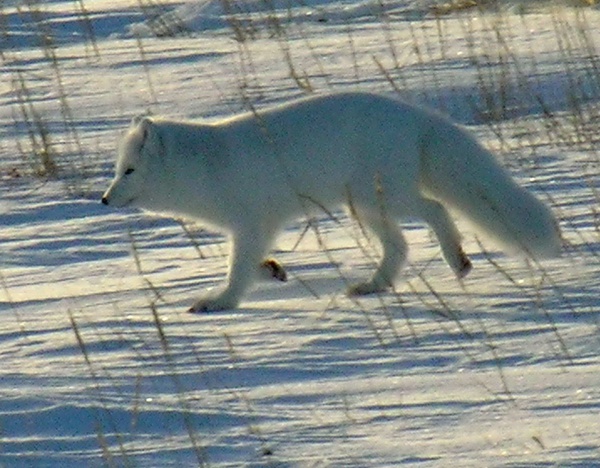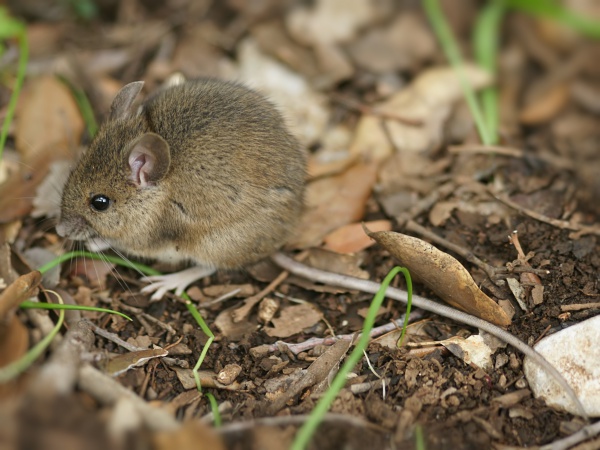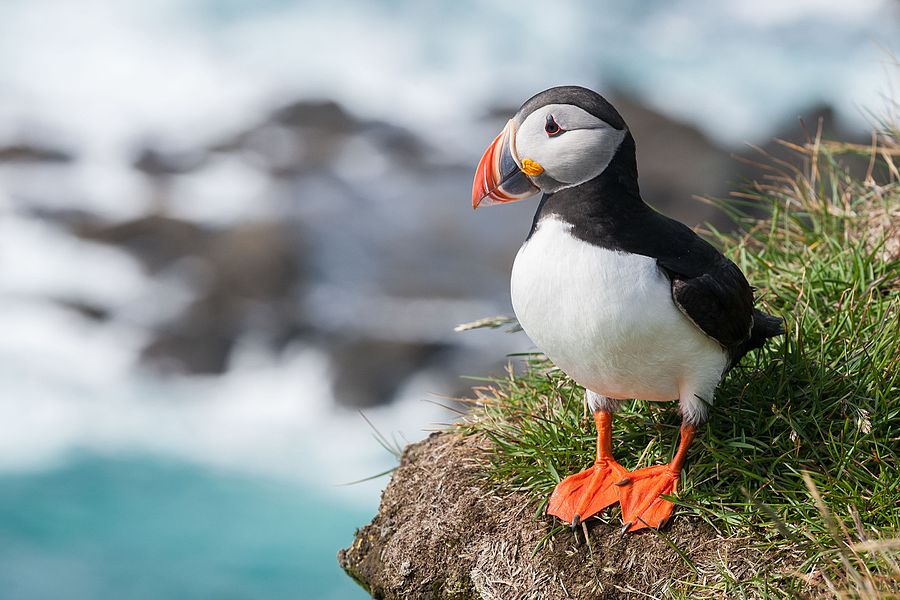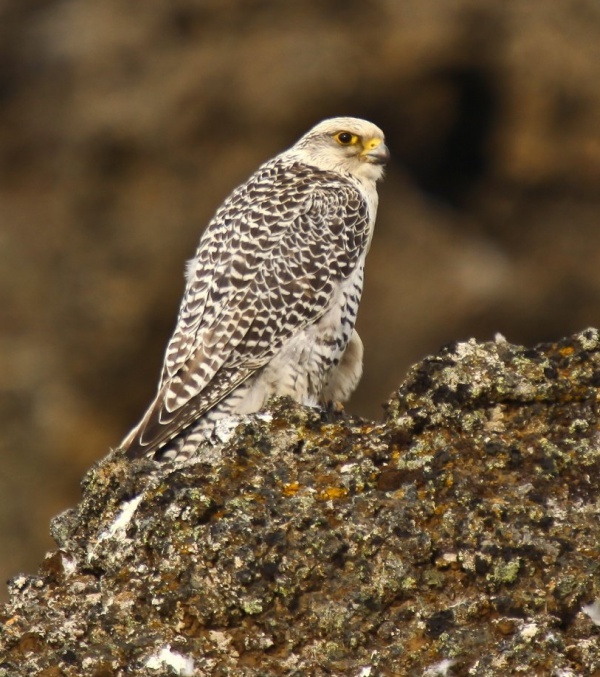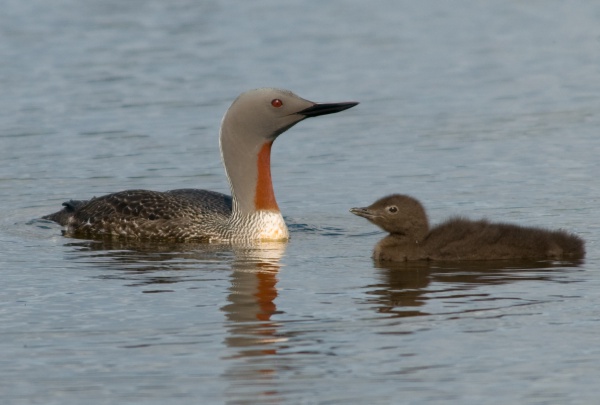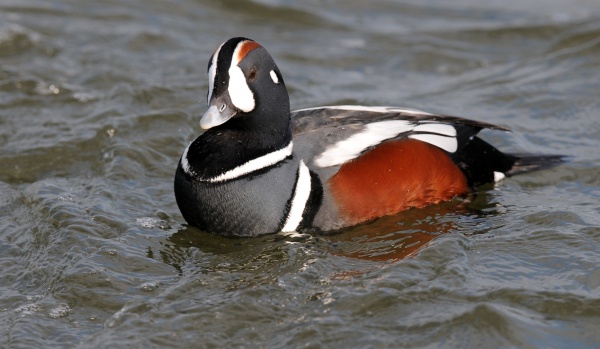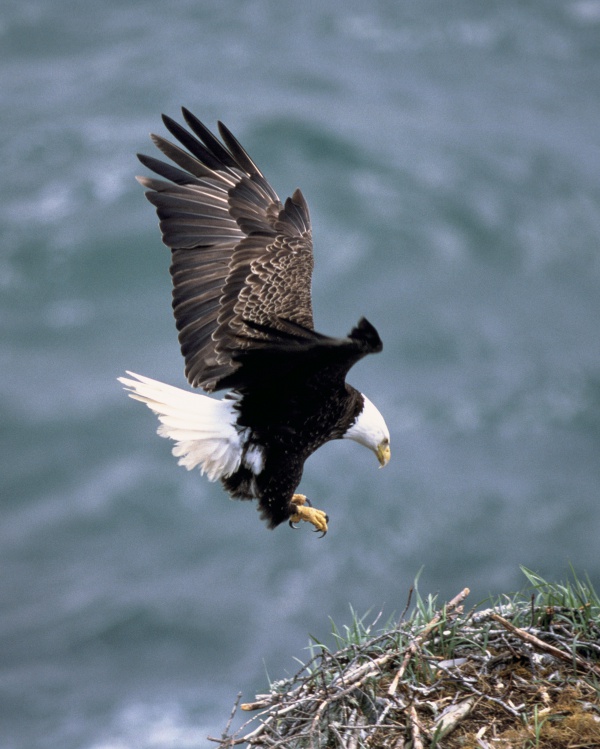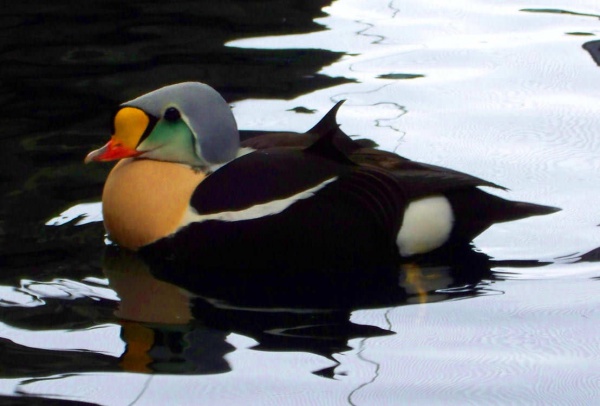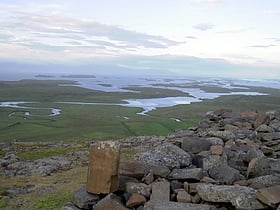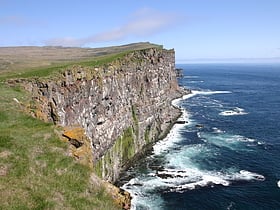
Iceland Animals
Follow the Trail of Wild Nature – Nature Tourism in Iceland
Iceland, a land of stunning natural beauty with its glaciers, volcanoes, and geysers, is also home to a unique array of wildlife. From the majestic Icelandic horse, known for its strength and gentle nature, to the elusive Arctic fox that roams the remote regions of the island, Iceland offers a fascinating glimpse into the world of animals that have adapted to its rugged environment.
As you explore the diverse landscapes of Iceland, keep an eye out for the charming puffin, with its distinctive colorful beak, nesting along the coastal cliffs. And don't miss the opportunity to spot the graceful reindeer, which have made their home in the eastern part of the country. Join us on a journey to discover the captivating wildlife that calls Iceland home, from the seabird colonies to the highland plateaus, and experience the wonder of these remarkable creatures in their natural habitat.
Mammals of Iceland
In the rugged and beautiful landscapes of Iceland, one can encounter a variety of mammals that have adapted to its subarctic climate. The Arctic fox is the only native terrestrial mammal in Iceland, sporting a thick fur that changes color with the seasons. Reindeer, introduced in the 18th century, roam the eastern highlands, a sight that captivates many nature enthusiasts. Off the coast, the waters are rich with marine life, including various species of whales such as the humpback, minke, and the majestic blue whale. Seals, such as the harbor seal and the grey seal, are commonly found lounging on the rocky shores. These mammals, each with their unique role, contribute to Iceland's diverse and enchanting wildlife tapestry.
Birds of Iceland
Iceland, a haven for bird enthusiasts, is home to a fascinating array of avian species, including the iconic Atlantic puffin, which nests in large colonies on coastal cliffs during the summer months. The country's wetlands and lakes are graced by the elegant whooper swan, Iceland's national bird, and the common loon, known for its haunting calls. In the open countryside, one might spot the European golden plover, celebrated in Icelandic folklore as a harbinger of spring. The gyrfalcon, the largest of the falcon species and Iceland's national symbol, reigns over the tundra with its powerful flight. Birdwatchers can also marvel at the diverse seabird population, including the northern fulmar and the black-legged kittiwake, which thrive in Iceland's rich marine environment.
Top Spots for Wildlife Observation in Iceland
- Vatnajökull National Park, encompassing Europe's largest glacier, Vatnajökull, is a haven for a variety of bird species, including the iconic Atlantic puffin, the common ringed plover, and the majestic gyrfalcon, Iceland's national bird. The park's diverse landscapes, from ice caps to volcanic features, also support the Arctic fox, the only native terrestrial mammal in Iceland.
- Þingvellir National Park, a UNESCO World Heritage site, is not only significant for its historical and geological importance but also for its wildlife. Visitors can spot the common raven, the white-tailed eagle, and various waterfowl species in the park's lakes and wetlands. The park's clear waters are also home to the Arctic char and the brown trout.
- Snæfellsjökull National Park, situated on the Snæfellsnes Peninsula, is known for its mystical glacier-capped volcano. The park's coastal areas are excellent for observing colonies of seabirds, including kittiwakes, guillemots, and fulmars. The surrounding waters are frequented by seals, and during the summer months, orcas can sometimes be seen off the coast.
- Hornstrandir Nature Reserve, located in the remote Westfjords, is a pristine wilderness area where the Arctic fox roams freely. This reserve is also a birdwatcher's paradise, with large colonies of seabirds such as puffins, razorbills, and guillemots nesting on its dramatic sea cliffs.
- The Westman Islands, although not a national park, are an archipelago off the south coast of Iceland that provides a sanctuary for one of the world's largest puffin colonies. The islands also host a variety of other seabirds, including the northern gannet and the common murre. Visitors may also encounter the Icelandic subspecies of the common seal along the shores.
